Yoda: Life and Legacy of the Legendary Jedi Master
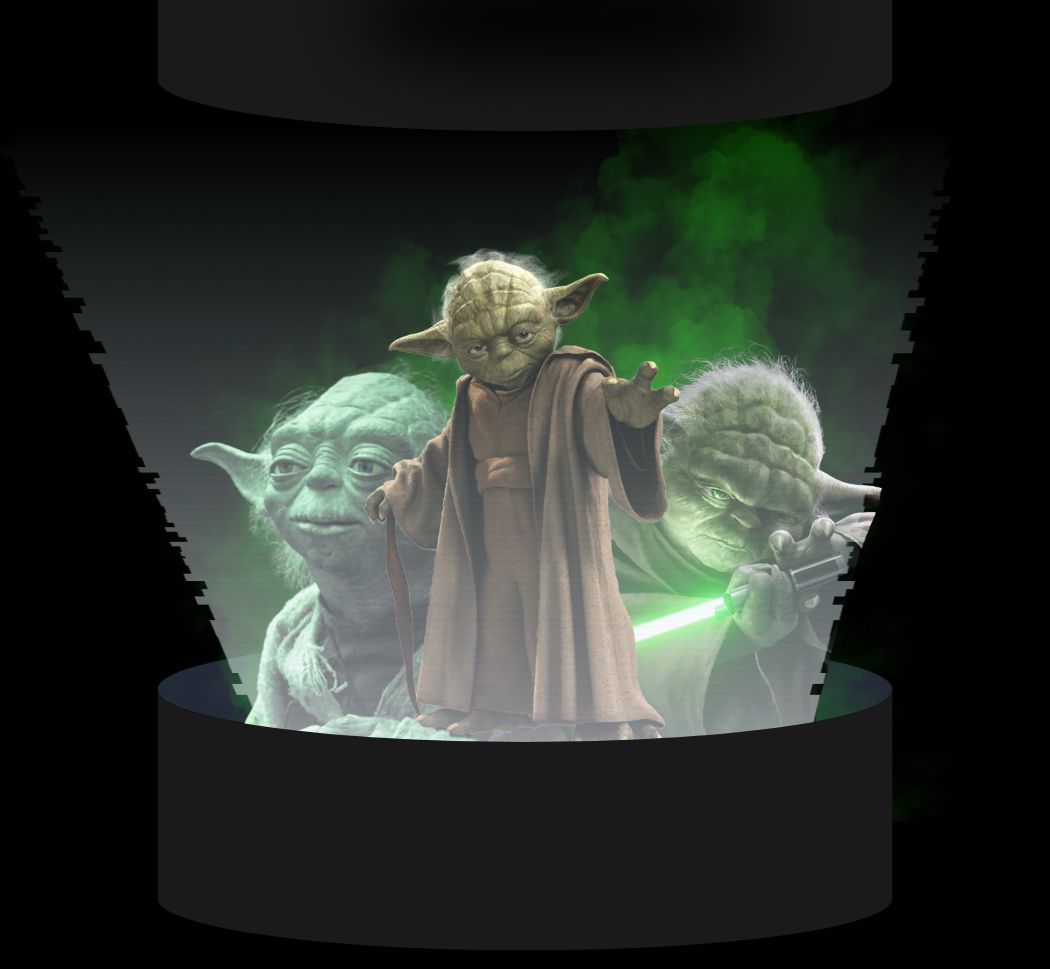
Yoda, the ancient Jedi Grand Master, trained generations of Jedi across nine centuries and mastered the Force like few others. From his mysterious beginnings to his legendary duels with Count Dooku and Darth Sidious, he shaped the Jedi Order, mentored Luke Skywalker, and continued guiding heroes as a Force spirit long after death.
Yoda: Life and Legacy of the Legendary Jedi Master
For over 900 years, Yoda stood as the living embodiment of Jedi wisdom, discipline, and mastery of the Force.
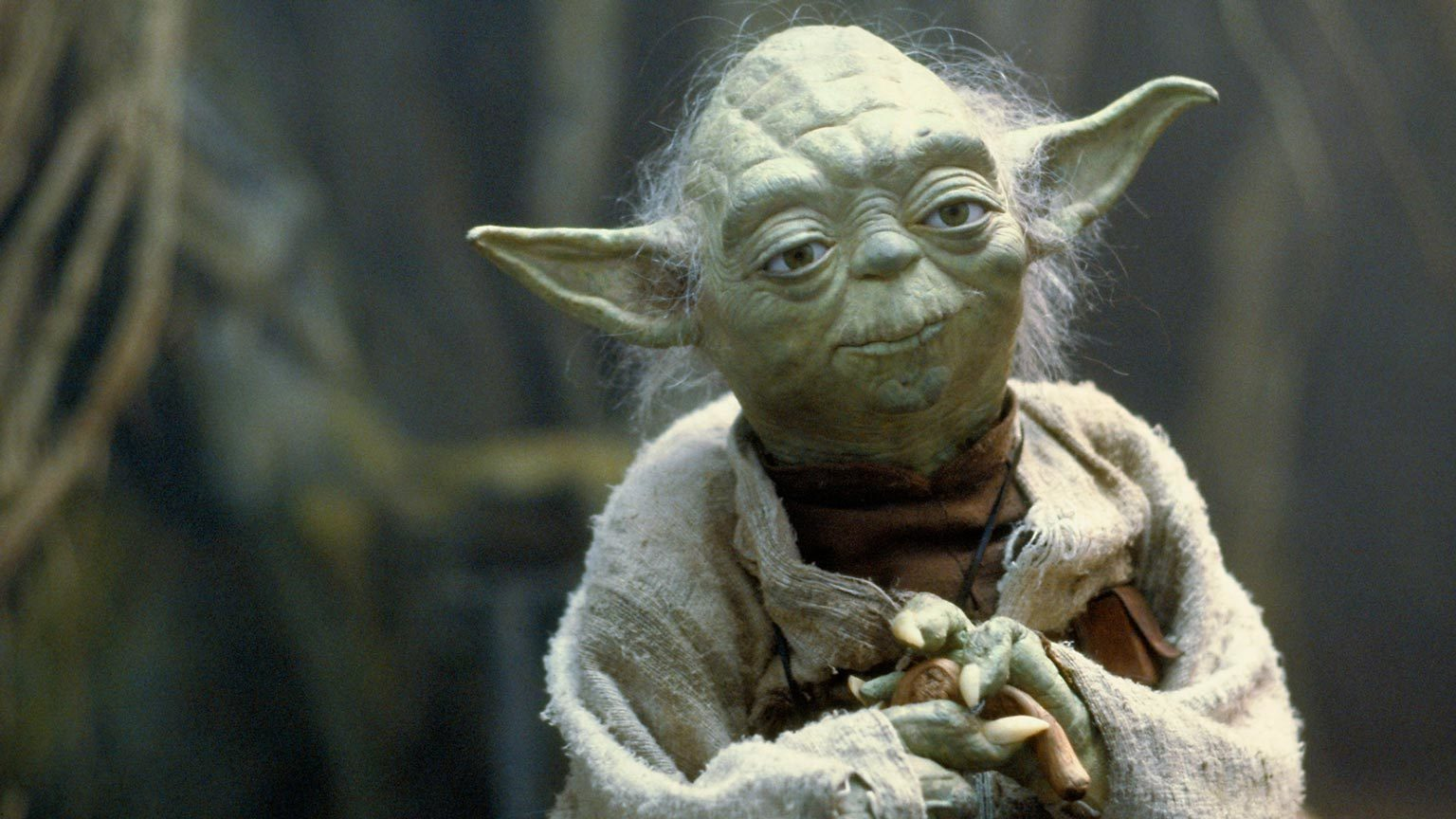
Though small in stature and elusive in origin, his presence towered over the history of the galaxy. From the shadowy days of the High Republic to the final stand against the Sith, Yoda's life intersected with every major chapter of Jedi legacy.
He was more than a warrior or teacher—he was the spiritual heart of the Order, whose guidance shaped generations and whose quiet exile marked the end of an era.
This article offers a complete chronicle of Yoda’s extraordinary journey, exploring his mysterious beginnings, teachings, lightsaber duels, failures, and enduring influence as one of the most iconic figures in Star Wars lore.
Origins and Early Life
Yoda’s beginnings are shrouded in mystery, befitting his almost mythical status.
Born roughly 900 years before the Battle of Endor, Yoda belonged to an ancient species of small, green-skinned humanoids – a species whose name and homeworld have never been revealed in any official account.
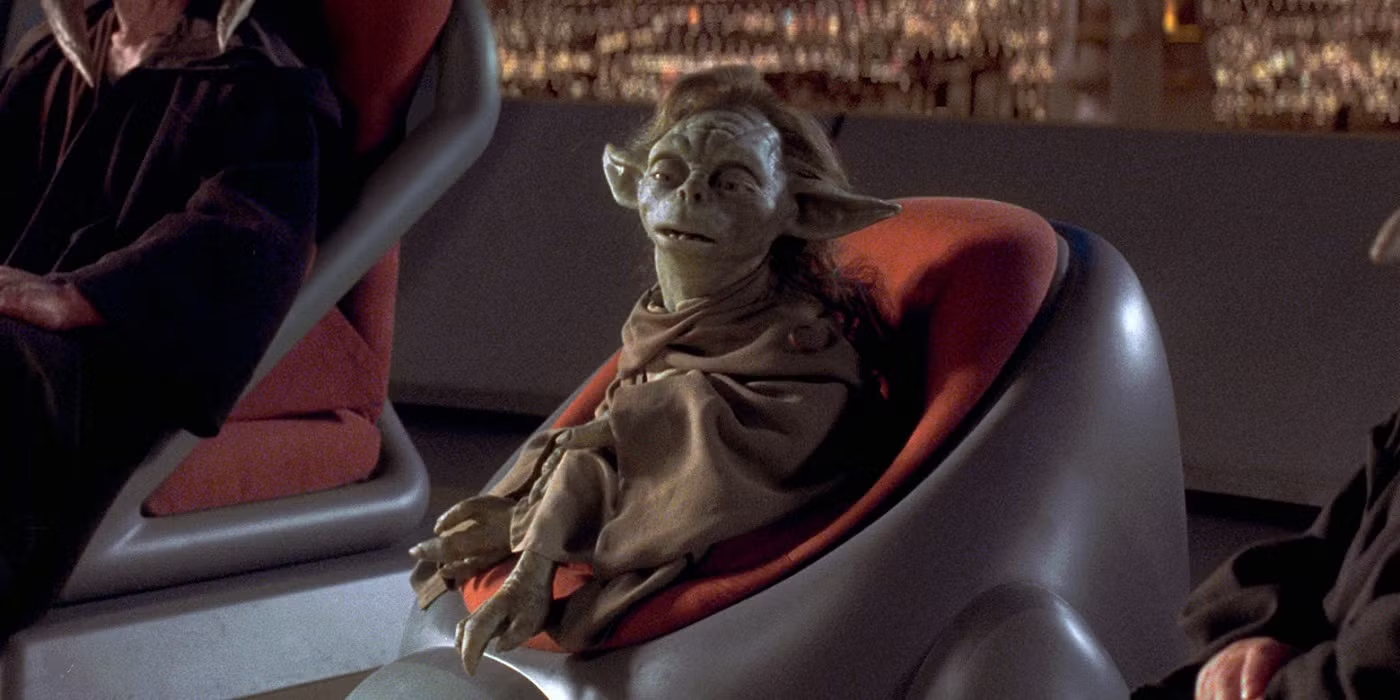
This intentional secrecy was maintained by Star Wars creator George Lucas, who envisioned Yoda as a “mysterious stranger” figure with no defined origin. In both canon and Legends continuities, Yoda never spoke of his home planet, and even authoritative sources refrain from naming it.
This much is clear: from a very young age, Yoda was extraordinarily attuned to the Force, the mystical energy field binding all life.
His innate Force sensitivity did not go unnoticed – in the official canon, he was inducted into the Jedi Order as a youngling, to be trained in the ways of the Jedi at the Coruscant temple.
Yet beyond these sparse facts, Yoda’s early years remain largely untold in canon.
In the Legends expanded universe, however, an ancient tale offers a glimpse (though its canonical validity is dubious) of how Yoda’s journey may have begun.
According to this legend, Yoda and a Human friend set out from their homeworld seeking a better life, only to crash-land on a mysterious swamp planet.
Stranded and struggling to survive, the pair were discovered by an old Hysalrian Jedi Master named N’Kata Del Gormo, who sensed the Force strongly in Yoda. Master Gormo revealed to them their Force sensitivity and invited Yoda as his apprentice, training the diminutive alien in the basics of Jedi arts.
In this account, a Republic rescue ship eventually found Yoda and his friend after their training was complete, whereupon Yoda traveled to the Jedi Temple on Coruscant to continue his path as a Jedi Initiate.
While this origin story is a cherished piece of Legends lore – essentially a fable passed down in the Star Wars mythos – it underscores a consistent theme: Yoda’s destiny was guided by the Force from the very start, even if the exact circumstances are lost to history.
What both continuities agree on is that Yoda’s species is incredibly rare and long-lived, enabling him to reach the venerable age of 900.
Jedi Training and Rise in the Order
Having joined the Jedi Order as a child, Yoda underwent the rigorous training expected of all younglings.

In canon, it is said that he participated in “The Gathering,” a rite in which initiates find a kyber crystal for their lightsaber, and with the aid of Professor Huyang (an ancient droid instructor), Yoda constructed his lightsaber while still a youth. Even at this early stage, he showed prodigious skill and dedication.
Little is documented about Yoda’s specific teachers – true to form, he seldom spoke of his own master – yet one rumor held that the mysterious N’Kata Del Gormo from legend may indeed have been one of Yoda’s early instructors.
Whether or not that’s true, Yoda progressed swiftly. By around the age of 100, he had attained the rank of Jedi Master, an almost unprecedented achievement for someone so young (in relative terms).
This marked the beginning of Yoda’s eight centuries of training Jedi. Over his lifetime, he would train “over twenty thousand” Jedi students in some capacity – a staggering legacy that earns him the reflection, “For 800 years have I trained Jedi”.
As Yoda’s wisdom and power grew, so did his responsibilities within the Order. Early in his career (by about 800 BBY in Legends lore), Yoda took on his first Padawan apprentice, starting the tradition of Master Yoda personally mentoring promising Jedi knights-to-be.
In time, his reputation as a wise teacher and powerful Force-user led to his appointment to the Jedi High Council, the governing body of Jedi Masters. Yoda would sit on this Council for centuries, helping guide Jedi policy and training. His rise culminated in being bestowed the title of Grand Master – an honor reserved for the most senior, revered Jedi.
In fact, during certain eras (as depicted in recent canon material about the High Republic), Yoda shared the Grand Master title with a few peers, but by the final centuries of the Republic he was often regarded as the primary Grand Master of the Order.
This role made Yoda the de facto head of the entire Jedi Order, respected by his colleagues as the Order’s elder statesman and chief mentor.
Legends chronology describes Yoda’s involvement in significant events long before the film saga. For example, around 500 BBY he oversaw a traveling Jedi academy aboard the starship Chu’unthor, collecting lore and instructing students across the galaxy.
This mission ended dramatically when the ship crashed on the planet Dathomir circa 230 BBY.
Yoda and the other Jedi aboard clashed with the reclusive witches of Dathomir in a stalemate; Yoda, unwilling to cause further conflict, left behind valuable Jedi knowledge stored in the Chu’unthor’s data tapes with a local Dathomiri clan, prophesying that a future Jedi would come to claim it when the time was right.
Yoda’s Role in the Jedi Order
As the Grand Master and a long-serving Council member, Yoda’s role in the Jedi Order was multifaceted: he was a teacher, a diplomat, a warrior when duty called, and above all a leader by example.
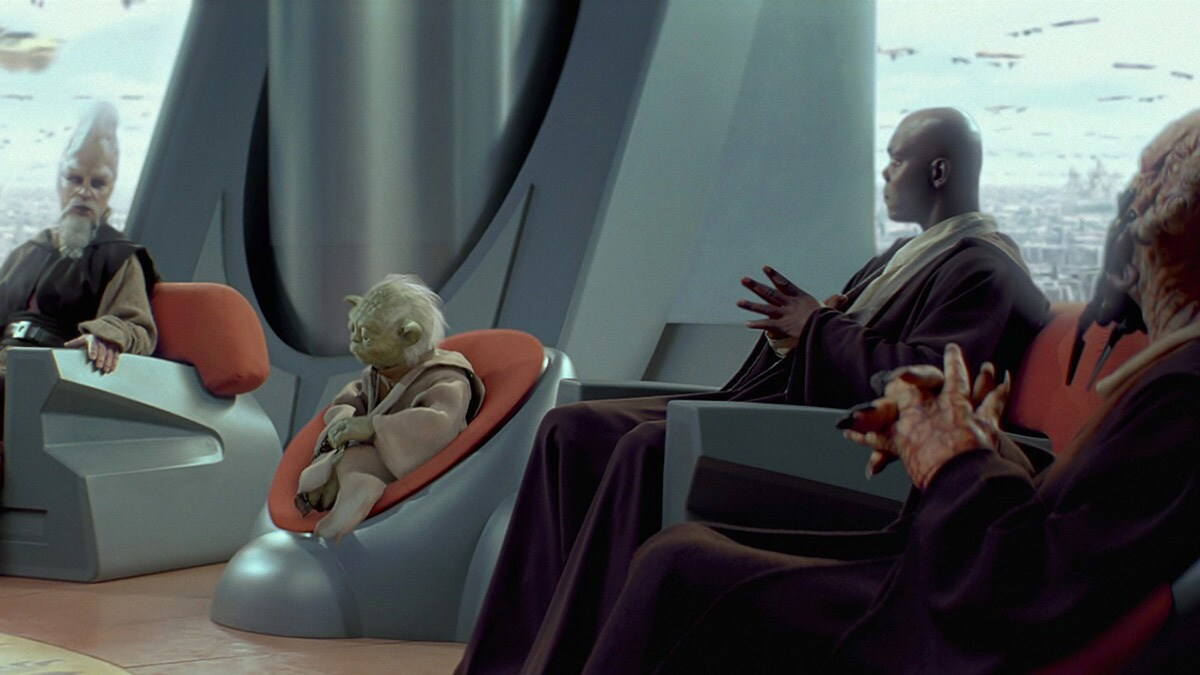
Though slight in stature (just over 66 cm tall), Yoda’s presence loomed large in the Jedi Temple on Coruscant.
He chaired Council meetings from his high seat, often the calm voice of wisdom in heated debates. Senior Jedi like Mace Windu and Ki-Adi-Mundi were his colleagues, yet they too looked to Yoda for guidance, referring to his centuries of experience. Patience, humility, and mindfulness were the virtues he continually stressed.
In Council deliberations, Yoda was known for his thoughtful pauses and inverted phrasing – “Agree with you, the Council does”, he might say – forcing others to slow down and consider different perspectives. His leadership style was quietly authoritative; he rarely gave orders outright, but when he spoke, others listened.
During the waning days of the Republic, for example, Yoda counseled caution about the training of Anakin Skywalker, sensing danger in the boy’s future if not guided carefully.
This prudent, if uncompromising, stance exemplified Yoda’s approach: he put the long-term balance of the Force above immediate passions or politics.
Perhaps Yoda’s greatest contribution within the Jedi Order was as a teacher and mentor. At heart, Yoda was always a tutor more than a commander.
He delighted in instructing young Jedi and was often found teaching the youngest initiates their first lessons.
In Attack of the Clones, we glimpse Yoda in this element: gently teasing a class of bear clan younglings and encouraging their curiosity – “Truly wonderful, the mind of a child is,” he says with a proud chuckle when a youngling solves a problem that stumped adult Jedi.
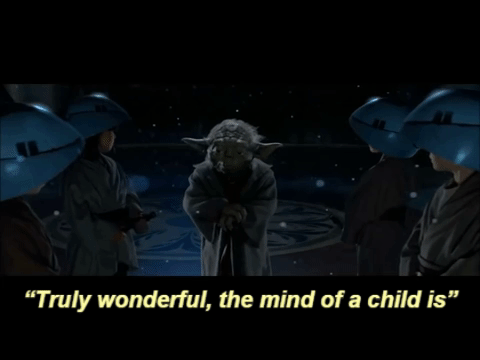
This scene is emblematic of his belief that wisdom can come from the innocent and that even a Grand Master continues to learn from his students. Yoda mentored generations of Jedi not only in lightsaber skills or Force techniques but in philosophy and ethics.
He was famous for his quirky, illuminating aphorisms that often conveyed deep truths. If a student was frustrated or arrogant, Yoda might remind them that “size matters not” and that a Jedi’s ally is the Force which “surrounds us and binds us,” not physical strength.
If a fellow Master struggled with dark emotions, Yoda would advise meditation and letting go of fear. He had an uncanny ability to phrase wisdom in simple, almost homespun ways that a learner could carry for life. Many who trained under Yoda later credited his sagely guidance as the cornerstone of their development.
Yoda’s role on the Jedi High Council also made him a key liaison between the Jedi Order and the Galactic Republic leadership.
In eras of peace, Yoda might spend his days in the Temple training Jedi and studying ancient scriptures.
But when crises arose, he took on the mantle of strategist and negotiator. He had a hand in major decisions such as how the Jedi would respond to the discovery of the Sith’s return (after Darth Maul’s duel in 32 BBY) and whether to permit the training of the “Chosen One” candidate Anakin.
Yoda often argued for prudence and adherence to Jedi principles.
Lightsaber and Combat Techniques
When first introduced, the idea of this tiny, elderly Jedi Master being a formidable warrior seemed unlikely – until Yoda drew his lightsaber. In combat, Yoda proved to be one of the greatest duelists in Jedi history, employing a unique fighting style that turned his small size into an advantage.
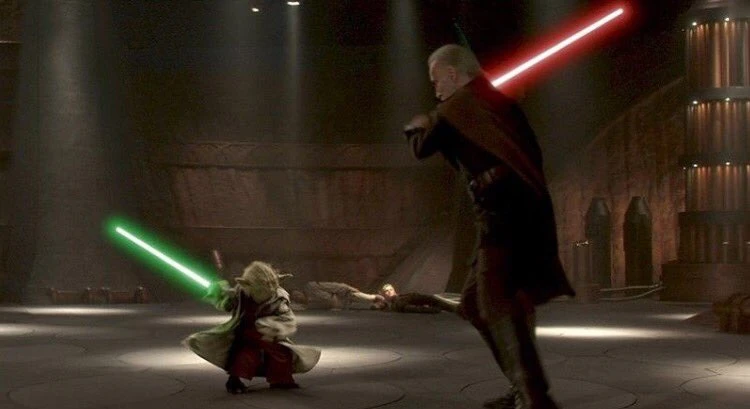
His lightsaber itself was tailored to his stature: Yoda wielded a shorter-than-average green-bladed lightsaber, often termed a shoto lightsaber due to its reduced hilt length. Despite its size, this weapon packed all the cutting power of any Jedi’s blade, and in Yoda’s hand it became a whirling instrument of the Force.
The hilt was said to have a simple, elegant design – about 15 centimeters long, with a chrome alloy casing – and even featured a clever activation switch that doubled as a clip so Yoda could hang the saber at his belt.
He built this lightsaber in his youth and carried it for centuries. (Notably, Yoda also tended to keep his cloak on during fights, unlike most Jedi who disrobe – his robe was small enough not to impede his movement.) It was with this humble-looking green sword that Yoda would demonstrate why size matters not in the Force.
Yoda’s Combat Style and Force Abilities
Master Yoda was versed in all seven forms of classic lightsaber combat, but his preferred fighting style was Form IV: Ataru.
Form IV is an acrobatic, high-energy style, and Yoda perfected it to overcome the limitations of his height and reach.
The moment Yoda ignited his blade in battle, he became a blur of motion – leaping, flipping, and spinning through the air at blinding speed. His technique was described as the pure basics of Ataru taken to their highest extreme.
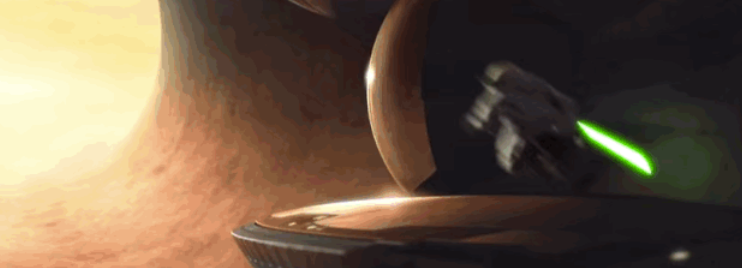
By infusing himself with the Force (a practice known as Force Valor), Yoda could augment his physical abilities, allowing him to somersault over opponents and strike from unexpected angles with astonishing power. Observers often found it hard to track the green flash of Yoda’s blade and the frenetic whirlwind of his attacks.
In this way, Yoda turned what many would perceive as weaknesses – his age and small size – into strengths. His agility in combat was so great that it routinely surprised enemy Sith Lords. Darth Sidious himself was confounded by Yoda’s speed and skill in their confrontation, and Count Dooku (a master duelist in his own right) struggled to land even a glancing blow on Yoda when they dueled.
Yoda’s Ataru fighting style relied on constant motion, using the environment (walls, columns, even the opponents themselves) as springboards for attack. Each jump was coupled with a flurry of lightsaber strikes from above and all sides, pressuring adversaries relentlessly. It was said that only a handful of beings ever matched Yoda in a lightsaber duel – and none ever truly defeated him one-on-one.
While Ataru was his specialty, Yoda had mastered all forms of lightsaber combat through centuries of study.
He trained so extensively that he could instruct others in finding the form best suited to them, a skill reserved for the greatest swordmasters. He understood the defensive resilience of Form III (Soresu) and indeed could employ it – his ability to deflect incoming blaster bolts was second to none.
He was familiar with the powerful strikes of Djem So and the fluid dual-blade wielding of Jar’Kai (though Yoda always fought one-handed with a single blade).
In fact, according to Legends, Yoda had achieved full mastery of all seven forms and every corresponding stance. The only discipline he did not adopt was the dark side-derived technique of Vaapad (a lethal variant of Form VII), although he had mastered the older Form VII variant known as Juyo. Other Jedi Masters regarded Yoda as the finest lightsaber instructor alive.
Mace Windu himself once conceded Yoda’s superiority as a duelist, and Yoda was widely considered to have been the most skilled with a blade even among the Jedi Council’s elite. His prowess earned him the title of Swordmaster in some chronicles.
Yoda’s Pivotal Battles
Throughout the Clone Wars and earlier conflicts, Yoda’s lightsaber saw action in several pivotal battles.
One of the most famous displays of his combat skill occurred during the First Battle of Geonosis in 22 BBY, as depicted in Star Wars: Episode II – Attack of the Clones. At the climax of that film, Yoda arrives with the clone army to rescue beleaguered Jedi in the Geonosian arena.
When his former apprentice Count Dooku attempts to escape, Yoda intercepts him.

First, Dooku tries to fell Yoda with blasts of Force lightning and hurled debris, but the Grand Master effortlessly absorbs and deflects these attacks – demonstrating his superior command of the Force.
Dooku then challenges Yoda to a direct duel. In that moment, viewers witness Yoda draw his little green lightsaber and unleash his full Ataru technique. The two engage in a dazzling duel amid the shadows of Dooku’s hangar.
Yoda’s speed and agility outmatch Dooku’s elegant Makashi fencing; he bounces off walls and flips over Dooku’s head, ultimately forcing the Count into a defensive stance.
It’s said that Yoda defeated Dooku in that lightsaber duel, handily proving the power of his form. (Dooku only escaped by resorting to a diversion – endangering Anakin and Obi-Wan – to distract Yoda.) This battle was the first time many in the galaxy realized the true martial ability of the little Jedi Master, and it became legend in its own right.
Yoda vs Darth Sidious
Another legendary confrontation was Yoda’s duel with Darth Sidious – the Sith Lord Palpatine – in the Senate chamber of Coruscant, depicted in Episode III – Revenge of the Sith.

With the Jedi Order falling and the Republic transforming into the Empire, Yoda made a desperate attempt to eliminate the Dark Lord.
Storming into the Senate building, Yoda confronted Sidious in a titanic duel amid the rising Senate pods. He demonstrated incredible acrobatics, leaping across floating platforms while clashing sabers with the Emperor.
In their duel, Yoda managed at one point to disarm Sidious of his lightsaber and even momentarily overpower him.
The two also dueled fiercely with Force powers – hurling Senate pods and blasting lightning. Ultimately, the fight ended in a stalemate: a burst of Force lightning knocked Yoda from the podium, and he fell to the Senate floor far below. Though unharmed, Yoda realized he had lost the initiative. “Failed, I have,” he lamented.
He was unable to destroy Sidious and was forced to retreat into hiding as clone troopers swarmed the area.
The duel with Sidious proved just how formidable Yoda was: he was one of the only beings who could battle Darth Sidious to a draw in single combat. In fact, Sidious later admitted that had Yoda faced Darth Vader (Anakin Skywalker) instead, Yoda would likely have destroyed Vader with ease – a testament to Yoda’s skill.
Other notable combat feats in various media include Yoda fending off an entire droid army on Rugosa (as seen in The Clone Wars animated series) using guerilla tactics and clever use of the Force, and Yoda swiftly decapitating a pair of Imperial Royal Guards with one stroke during his attempt to arrest Sidious.
No matter the scenario, Yoda in battle was the embodiment of a truth he had long taught: “Size matters not” – what matters is the power of the Force flowing through the combatant.
Key Moments in Galactic History
Over the course of his nine centuries, Yoda participated in or influenced many of the Republic’s defining historical events.
By the later decades of the Galactic Republic, he was not only the Grand Master of the Jedi but a venerable figure whose counsel was sought in times of crisis.
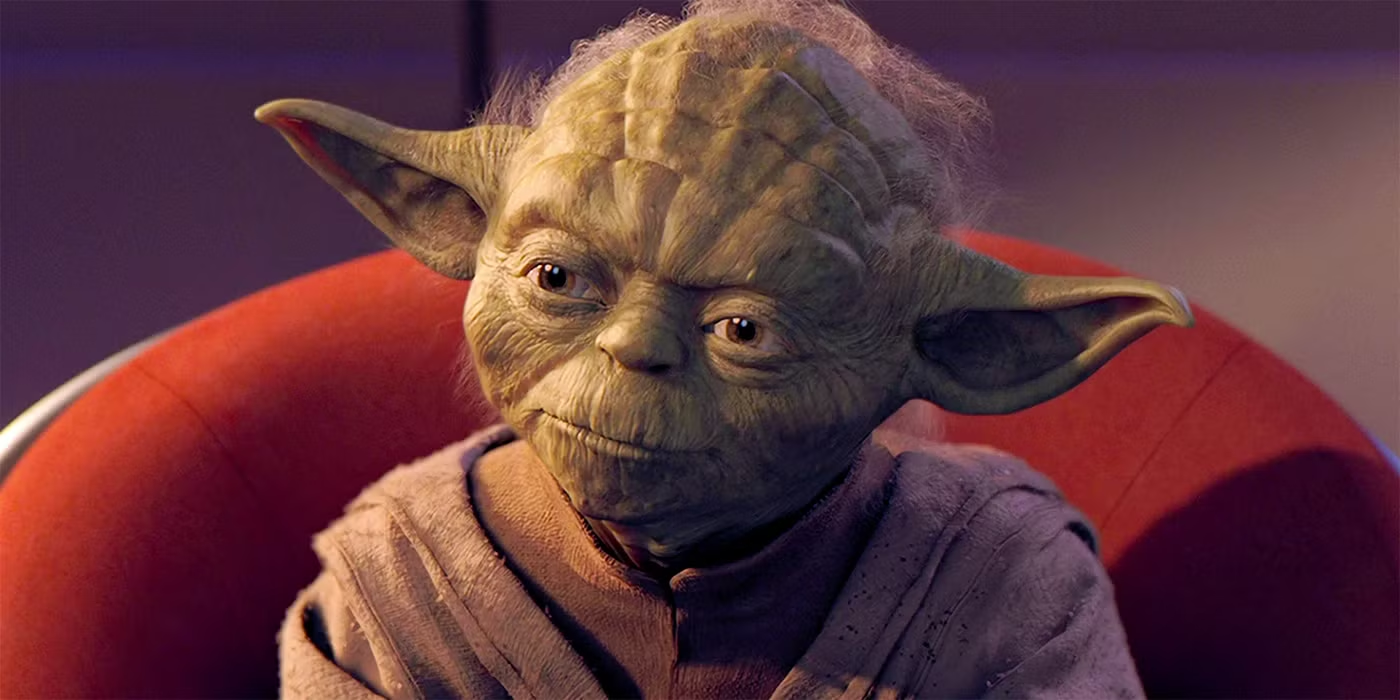
One of the first major conflicts we see Yoda engage in (in modern canon) is the Invasion of Naboo in 32 BBY. At this time, the Jedi Council faced the unexpected return of the Sith after a millennium of apparent absence.
When Queen Amidala’s plea led to the Battle of Naboo and the Sith warrior Darth Maul revealed the Sith’s resurgence, Yoda and the Council grew wary of the dark cloud rising. Yoda mourned the death of Qui-Gon Jinn in that battle and reluctantly agreed to the Council’s decision to let Obi-Wan Kenobi train young Anakin Skywalker.
Although he had reservations about Anakin’s fear and anger, Yoda acceded for the sake of prophecy and Qui-Gon’s last wish. This moment was key: it sowed the seeds for future turmoil that Yoda would later have to confront.
As the Republic continued to destabilize in the following decade, Yoda found himself at the center of the political storm that led to the Clone Wars. By 22 BBY, a Separatist Crisis was in full swing, with systems led by Count Dooku (ironically, Yoda’s former Padawan) threatening to secede and form their own Confederacy. When war finally broke out on Geonosis, Yoda took direct action.
He personally arrived with the newly-discovered clone army to rescue a group of Jedi trapped by Separatist forces – this became the opening battle of the Clone Wars.
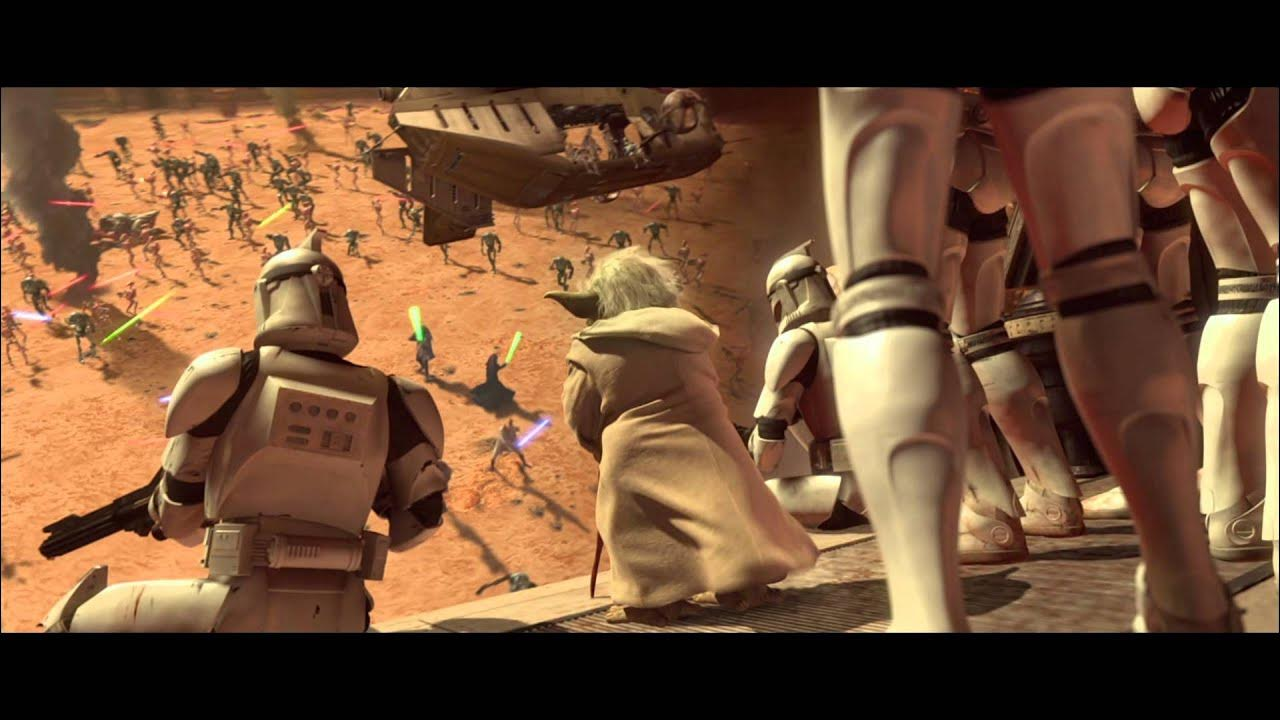
In the aftermath, the Jedi Order, for the first time in its recent history, became heavily militarized. Yoda was given the rank of a Jedi General in the Grand Army of the Republic, and over the next three years he led clone troopers in numerous battles across the galaxy.
Despite his age, Yoda shouldered the burdens of war, strategizing campaigns and occasionally taking to the field. For instance, in the first Clone Wars animated series (2003, part of Legends), Yoda single-handedly liberated the icy planet Ilum from Separatist droid forces and later helped defend the galactic capital during the Battle of Coruscant.
In the 2008 Clone Wars series (canon), we see Yoda as a steady guiding force on the Jedi Council during battles like those against the Separatist super-weapon Malevolence or political crises on Mandalore.
One illustrative adventure is in the episode “Ambush,” where Yoda, accompanied by only three clone troopers, outwits an entire droid battalion on the coral moon of Rugosa – using guerrilla tactics, the environment, and clever use of the Force to defeat a far larger force, all while imparting lessons of trust and valor to his clone companions.
Throughout the Clone Wars, Yoda remained keenly aware that the war itself was a dangerous distraction, potentially a dark ploy.
His suspicions were confirmed in the final days of the conflict. In 19 BBY, as chronicled in Revenge of the Sith, Supreme Chancellor Palpatine (secretly Darth Sidious) executed Order 66, commanding clone troopers to turn on their Jedi generals.
In that devastating moment, thousands of Jedi across the galaxy were betrayed and murdered by their own troops. Yoda felt each death through the Force – a great disturbance as one by one, lights went out in the living Force.
It was Yoda who calmly explained to Obi-Wan that the friend they knew as Anakin was “consumed by Darth Vader” and effectively gone, thus charging Obi-Wan with the painful duty of confronting Vader while Yoda himself would face Darth Sidious.
The ensuing showdown in the Senate Rotunda was one of Yoda’s most crucial moments. As detailed earlier, Yoda engaged Darth Sidious in a duel that raged through the empty Senate hall – a symbolic battle literally tearing apart the Republic’s seat of government.
Despite a valiant effort, Yoda could not prevail.
After a fierce exchange of lightsaber combat and Force powers, Yoda was forced to flee, realizing that he could not immediately destroy the Emperor and that survival was paramount if hope were to endure. In failing to stop Sidious, Yoda saw the Republic fall and the Jedi Order crushed by the rise of the Galactic Empire.
But even in defeat, he took steps to secure the future. Yoda helped organize the hiding of the newborn Skywalker twins, Luke and Leia, knowing they would be key to the galaxy’s hope.
In a quiet moment at the end of Revenge of the Sith, Yoda reveals to Obi-Wan that he has been communing with the spirit of Qui-Gon Jinn and has learned the secret of retaining one’s consciousness after death – essentially the knowledge of becoming a Force ghost. Yoda instructs Obi-Wan in this discipline even as they prepare to go into exile.
This passing on of esoteric wisdom would prove vital for the events to come.
With the galaxy under Imperial rule, Yoda faded from public sight. The Great Jedi Purge saw almost every Jedi hunted down, but Yoda was one of the very few who evaded capture.
His escape led him to the remote swamp planet of Dagobah, beginning perhaps the quietest yet most spiritually significant chapter of his life. Yoda’s decision to choose Dagobah was not random – the planet was strong with the Force and featured a cave imbued with dark side energy, which helped mask Yoda’s own powerful light-side presence from detection by the Emperor.
On Dagobah, Yoda lived in solitude, contemplating the Force and waiting for the moment when the Jedi could be reborn.
This self-imposed exile was a direct result of the key historical moment that was the fall of the Republic. Yoda carried the weight of that failure, believing that he had to hide to protect what little hope remained.
Philosophy and Teachings
Throughout his life, Yoda was revered not just for his power but for his wisdom. He was a philosopher at heart, and his teachings distilled the ancient tenets of Jedi lore into simple, memorable lessons.
Perhaps Yoda’s most fundamental belief was in the light side of the Force – the idea that peace, knowledge, and serenity come from harmonizing with the Force, while fear and aggression lead one astray.
One of his famous maxims warns of the slippery slope of negative emotion: “Fear is the path to the dark side. Fear leads to anger; anger leads to hate; hate leads to suffering.” This caution, which Yoda delivered to young Anakin Skywalker during their first meeting, encapsulates the Jedi stance on emotional discipline.
Yoda repeatedly emphasized that a Jedi must learn to let go of fear and attachment. In Revenge of the Sith, when Anakin (troubled by visions of losing Padmé) comes to Yoda for counsel, Yoda advises him to “train yourself to let go of everything you fear to lose”.
Though this advice seemed cold to Anakin, it was rooted in Yoda’s understanding that possessive love and fear of loss can tip even a good soul toward darkness. Yoda’s teachings often had this Zen-like quality – urging acceptance of change, sacrifice, and the will of the Force, rather than giving in to personal desire or fear.
Life in Exile and Training of Luke Skywalker
In the aftermath of the Jedi Purge, Yoda went into hiding on the remote planet Dagobah. Gone were the grand halls of the Jedi Temple and the camaraderie of the Council – now Yoda’s companions were the marsh birds and bogwings of an uninhabited swamp.
He chose a simple life, residing in a small mud hut he built out of tree roots and clay. This period of exile, spanning roughly twenty years (19 BBY to 4 ABY), was a time of quiet reflection for the old Master. Yoda grappled with the sorrow of all he had seen: the fall of the Republic, the destruction of the Jedi Order, and his own inability to stop Darth Sidious.
Mostly, however, Yoda waited and prepared – he knew that the children who had been hidden (Luke and Leia) would grow up, and the day would come when the Jedi might rise again.
That day finally arrived when Luke Skywalker came to Dagobah. In 3 ABY (events of The Empire Strikes Back), following the guidance of Obi-Wan Kenobi’s spirit, young Luke landed on the foggy swamp world seeking the fabled Jedi Master Yoda. By this time, Yoda was extremely old – around 900 years – and physically frail.
He hobbled with a cane and spoke in a gravelly voice. But age had not dulled his wits or sense of humor. When Luke first encountered Yoda, the Jedi Master did not immediately reveal who he was. Instead, Yoda presented himself as a curious, impish creature – poking through Luke’s supplies, stealing a bite of food, and speaking in riddles – “How you get so big eating food of this kind?” he asks, feigning innocence.
Luke, impatient and dismissive, finds this little swamp denizen annoying and does not realize it’s Yoda himself. Only after testing Luke’s patience does Yoda drop the façade. He sighs, “I cannot teach him. The boy has no patience,” and in that moment Luke grasps that this funny green hermit is the Jedi Master he’s been seeking.
This reveal is a brilliant moment: it teaches Luke (and us) not to judge by appearances and underscores Yoda’s pedagogy of testing character before imparting knowledge.
Once formal training begins, Yoda pushes Luke both physically and spiritually. On Dagobah’s dense, misty terrain, Yoda has Luke run through the bogs with Yoda perched on his back like a backpack, all the while teaching him about the Force. “Feel it,” he urges as Luke does handstands and overcomes obstacles.
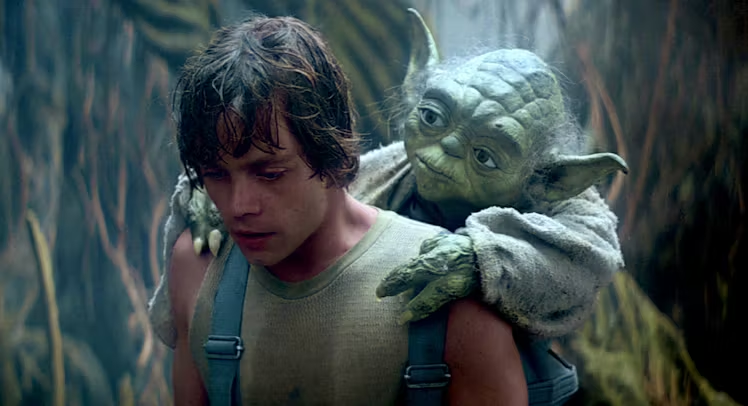
A crucial lesson comes when Luke confronts the dark side cave – an underground grotto saturated with dark Force energy. Yoda instructs Luke that the cave is dangerous and tells him he will only find “what you take with you.” Inside, Luke experiences a haunting vision where he faces what appears to be Darth Vader; upon striking “Vader” down, Luke sees his own face under the helmet, a warning of what he could become.
Yoda later explains the meaning: the darkness Luke saw is his own fear. It’s an example of Yoda’s indirect teaching style; he lets Luke face a trial and then helps him decode it.
During Luke’s training, Yoda constantly emphasizes the mental and emotional aspects of being a Jedi. When Luke struggles to lift his sunken X-wing from the swamp, he expresses doubt – “Alright, I’ll give it a try,” Luke says uncertainly.
Yoda firmly interjects with one of his now immortal lines: “No. Try not. Do. Or do not. There is no try.” Luke’s attempt fails, and he claims it’s impossible, to which Yoda calmly demonstrates otherwise by levitating the entire starfighter out of the water with the Force.
Through this dramatic example, Yoda shows Luke that the only thing limiting him is his own belief (or lack thereof). Luke is humbled, realizing the power of the Force and the depth of Yoda’s mastery. Each day on Dagobah is a series of these profound lessons couched in arduous physical training.
However, Luke’s training remains incomplete.
He has a vision of his friends in pain (the events of Cloud City) and, against Yoda’s pleadings, decides to leave Dagobah early to help them.
Yoda begs him to stay and finish training, warning that rushing off unprepared could make everything they fought for “all for nothing.” When Luke insists he must go, Yoda and Obi-Wan’s spirit share a despairing moment – “Only a fully trained Jedi, with the Force as his ally, will conquer Vader and his Emperor,” Yoda says, implying Luke is not ready. As Luke departs, Obi-Wan laments that Luke is their last hope.
Yoda, in one of his cryptic yet hopeful remarks, reminds, “No, there is another.” This refers to Leia, though Luke does not hear it. Yoda’s faith in the Skywalker twins is evident, yet he knows the future is uncertain.
Yoda and Luke in ROTJ
About one year later, in 4 ABY, Luke returns to Dagobah (as seen in Return of the Jedi). By now Yoda is at the very end of his life. 900 years old, he lies in his small bed, weak but still possessing a gentle humor.
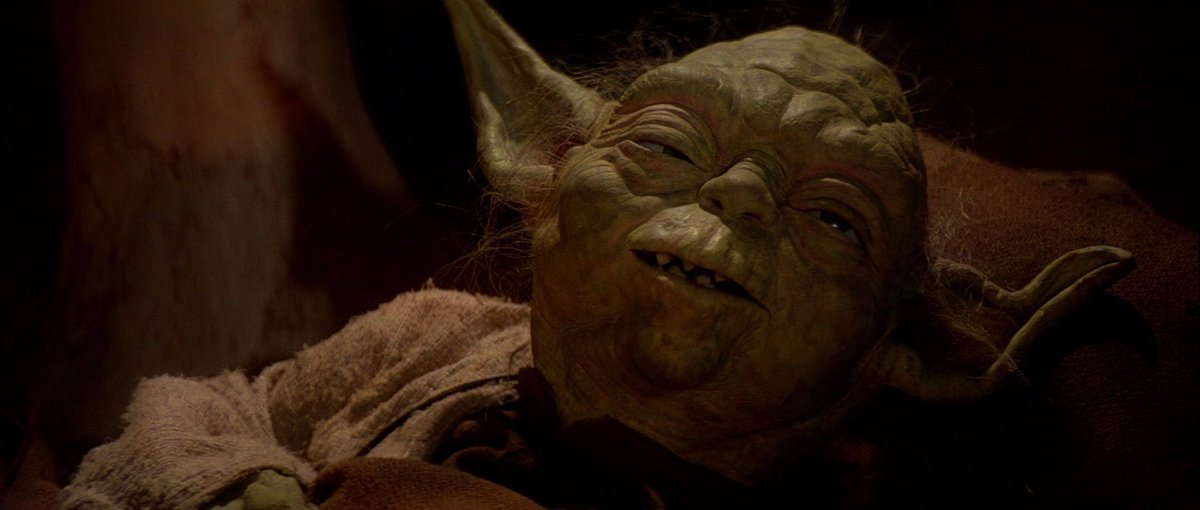
He greets Luke with a warm, if tired, smile and confirms that Luke has grown much since their last meeting. Yoda tells Luke that his training is essentially complete – “No more training do you require.
Already know you that which you need.” But he adds that Luke’s final trial is to confront Darth Vader again, to truly become a Jedi.
Luke then asks Yoda the pressing question that’s been on his mind: is Darth Vader truly his father? Yoda, with obvious sorrow, confirms that “Your father he is”, but cautions that Luke must not succumb to anger or fear when facing him. Shortly thereafter, Yoda’s long life draws to a close.
In a poignant, peaceful scene, Yoda chuckles about having earned eternal rest – “Forever sleep. Earned it, I have,” he says.
With his last breaths, Yoda imparts one final revelation: “There is… another… Sky… walker.” He thus acknowledges Luke’s twin sister before he passes.
Yoda then dies of old age, his body gently fading away and becoming one with the Force. Luke, kneeling beside him, is tearful yet at peace, as Yoda vanishes, leaving only his empty cloak behind. At the age of 900, having lived one of the most extraordinary lives in galactic history, Yoda’s physical journey ended – but his story did not conclude there.
Posthumous Influence and Legacy
Death was not the end for Yoda.
As one of the rare Jedi who learned the path to immortality, Yoda retained his consciousness after becoming one with the Force.
In the years following his passing, Yoda’s Force spirit would manifest at pivotal moments to offer guidance, continuing his role as mentor from beyond. Immediately after the Battle of Endor, Yoda’s ghost was a reassuring presence for Luke.

But it was decades later, during the turbulent era of the First Order, that Yoda made a dramatic reappearance. In Star Wars: The Last Jedi (set over 30 years after Yoda’s death), an aged Luke Skywalker is despondent and hiding on Ahch-To, having lost faith in the Jedi path. At Luke’s lowest moment, Yoda’s spirit appears to him – looking once again like the impish, wise Master of old – to deliver one more much-needed lesson.
With a sparkle in his ethereal eyes, Yoda chides Luke for worrying about the ancient Jedi texts and the failure of the new generation.
He famously summons a lightning bolt (demonstrating even as a spirit, his command of the Force is formidable) to burn down the old tree housing the Jedi texts.
Shocked, Luke confronts Yoda’s ghost, and Yoda gently reminds him that true wisdom isn’t found in dusty books – “The greatest teacher, failure is,” Yoda says, echoing the theme of learning from one’s mistakes.
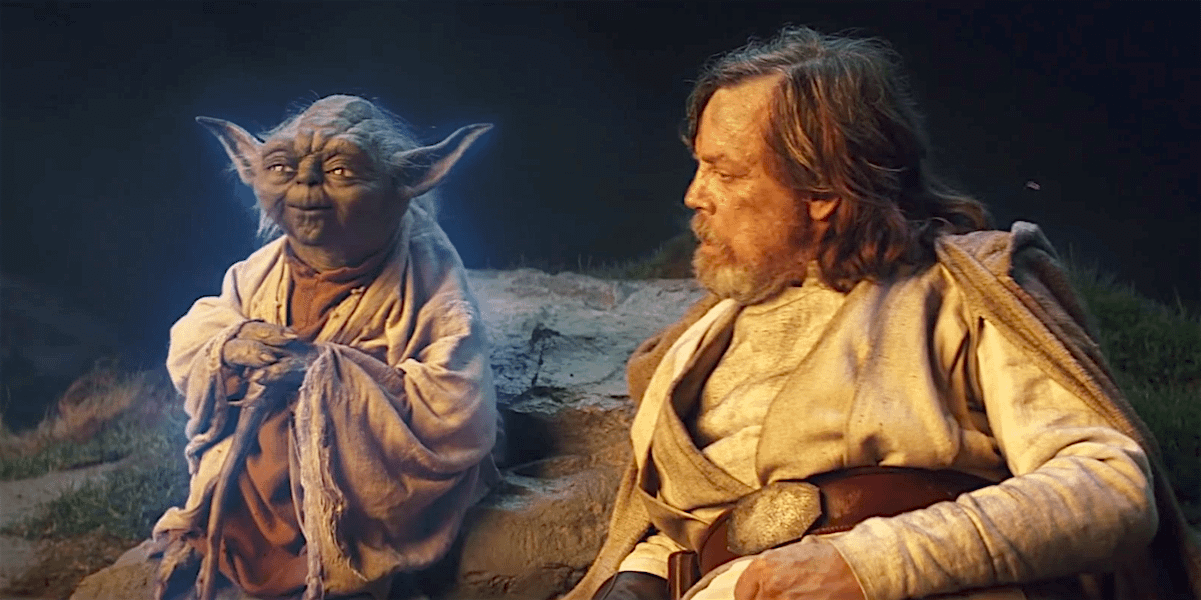
He encourages Luke to heed the lessons of his own failures and to pass on what he has learned, including failure, to Rey (Luke’s new student).
In characteristic fashion, Yoda even gets a laugh at Luke’s expense, playfully thwacking ghostly Luke with his cane and commenting on how Luke still looks to the horizon and not at the needs in front of him.
This touching and profound encounter in The Last Jedi shows Yoda continuing to mentor his pupil from the netherworld, helping Luke overcome self-doubt just as he once helped Luke overcome ignorance.
Yoda’s voice also makes a brief appearance in The Rise of Skywalker (2019) as one of the many Jedi voices encouraging Rey in her final stand against the reborn Palpatine.
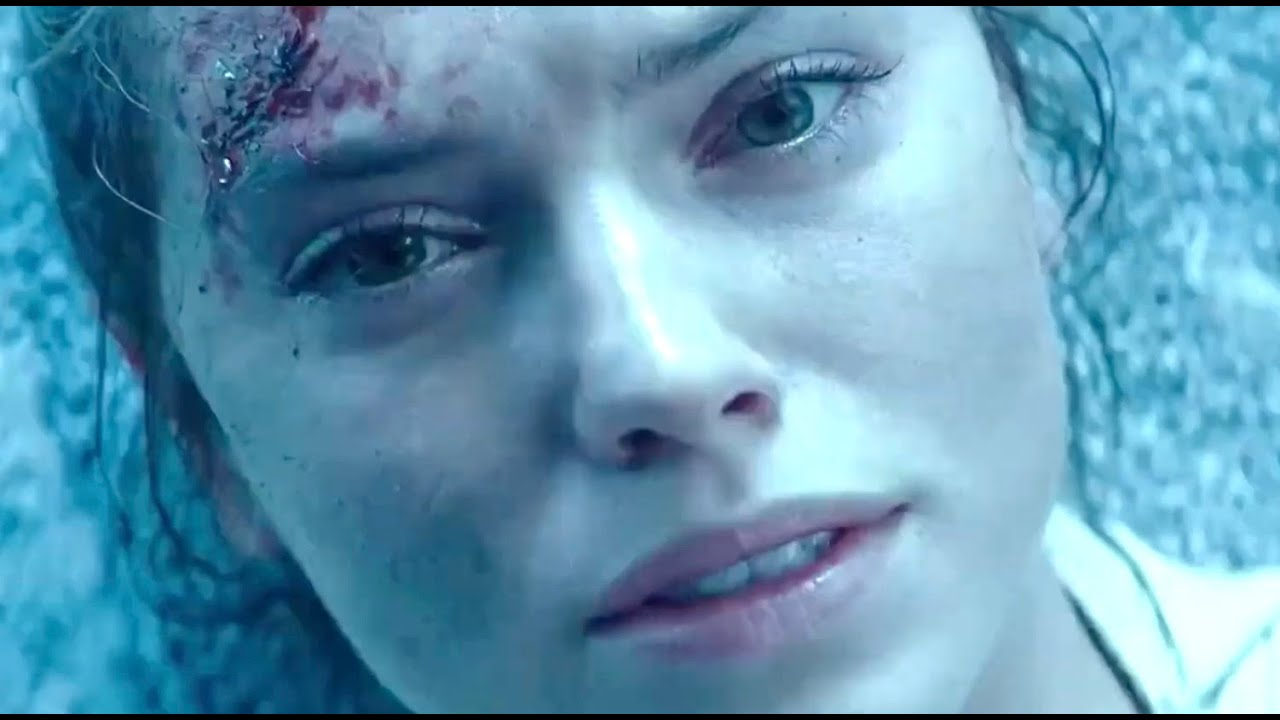
His inclusion in that chorus of spirits implies that Yoda’s benevolent influence spans generations – he is part of the living Force that guides new heroes when they need strength. In the Star Wars Legends continuities (the old Expanded Universe), Yoda’s posthumous influence was less directly depicted, but it was still felt.
Luke, during his quest to rebuild the Jedi Order in Legends, would often recall Yoda’s teachings and be guided by the memory of his Master.
In the Dark Empire comics and various novels, Luke occasionally communes with the spirits of Obi-Wan or hears echoes of wisdom that clearly originated with Yoda.
The New Jedi Order that Luke establishes (in Legends) venerates Yoda as one of the great Masters of old. Some of Luke’s students even study recordings or holocron entries that preserve Yoda’s teachings, treating them as precious pearls of wisdom to help resurrect the Jedi’s knowledge.
Behind the Scenes and Cultural Impact
Yoda’s impact extends far beyond the in-universe history – he is a pop culture icon and a triumph of filmmaking creativity.
Behind the scenes, Yoda was brought to life through a combination of imaginative character design, puppetry, voice acting, and later digital technology, making him one of the most memorable characters in cinema.
The character of Yoda was created by George Lucas for The Empire Strikes Back (1980) essentially to fill the role of Luke’s wise mentor after Obi-Wan Kenobi’s death in the first film. During early development, Lucas originally conceived of Yoda as a frog-like creature named “Minch Yoda”.
Eventually, this was shortened to just Yoda. Lucas wanted the character to feel ancient and enigmatic, drawing inspiration from sources like the Dalai Lama and old samurai mentors in film.
Screenwriter Lawrence Kasdan noted that Yoda had roots in the archetype of the elder master (even citing influence from a character in Akira Kurosawa’s Seven Samurai).
The idea was to subvert expectations: instead of a tall, regal Jedi warrior, Luke’s teacher is a diminutive, quirky alien who at first might be mistaken for a harmless creature. This played into Lucas’s theme of “judge me by my size, do you?… and well you should not” – the unexpected sage.
Yoda’s Look
Designing Yoda’s look was an intensive process. Lucas and the team went through numerous concepts.
Joe Johnston, the art director, sketched dozens of possible Yodas – from troll-like beings to gnome-like and leprechaun-like designs. The final design, as Johnston described, was a blend of those elements: Yoda has the wizened countenance of a gnome or troll, with large pointed ears and a diminutive body, giving him an instantly fairy-tale silhouette.
To ensure Yoda appeared intelligent and soulful, the creature designer Stuart Freeborn made a brilliant artistic choice: he sculpted Yoda’s face partly based on his own face, and also added features reminiscent of the great scientist Albert Einstein (particularly the wise eyes and wrinkles).
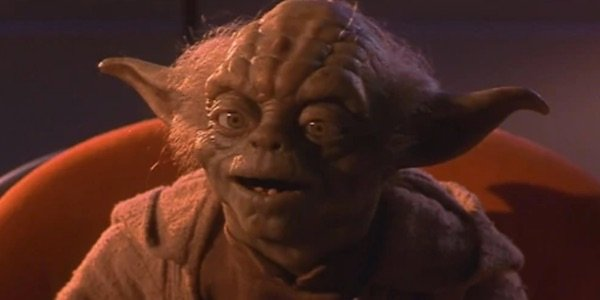
This subtle homage gave Yoda an ageless, wise demeanor that audiences subconsciously recognize – he has the kindly yet astute gaze of a learned elder. Freeborn, along with artist Wendy Froud, constructed the physical puppet that would become Yoda.
For performance, Lucas initially approached legendary muppeteer Jim Henson (creator of the Muppets) to handle Yoda. Henson was tied up with other projects and instead recommended his colleague Frank Oz.
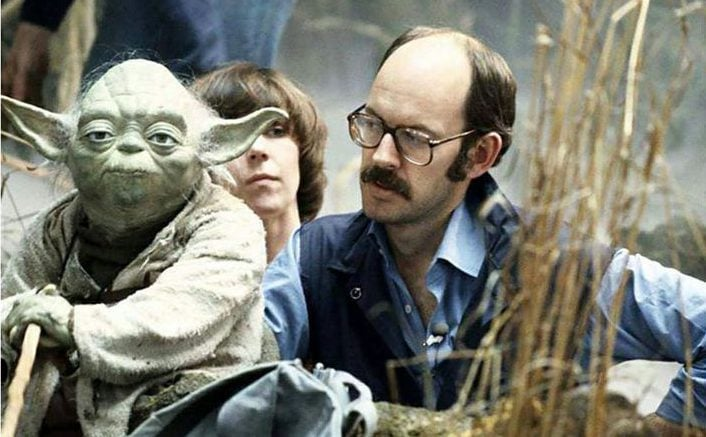
Frank Oz took on the role and became the primary puppeteer and voice of Yoda in The Empire Strikes Back.
Many viewers in 1980 were astonished at how expressive and lifelike Yoda was – a true feat of practical effects. In fact, critics at the time lauded the Yoda puppet as “exquisitely constructed” and almost disconcertingly real.
Yoda’s Speech
Yoda’s distinctive speech pattern also emerged in development. Lucas wrote Yoda’s dialogue with an object-subject-verb structure – essentially flipping normal English syntax. For example, instead of “You must unlearn what you have learned,” Yoda says, “Unlearn what you have learned, you must.” This manner of speaking was deliberate.
Lucas once explained that if Yoda spoke in perfectly normal English, he might not seem as alien or wise; by giving him a unique speech cadence, it forces the audience to pay attention to his words more closely.
The unusual syntax also adds a layer of charm and timelessness to Yoda’s lines – it’s as if Basic (English) is Yoda’s second language and he’s rearranging it based on his own ancient tongue. Frank Oz’s delivery of these lines, mixing proper gravitas with a touch of whimsy, made quotes like “Do or do not, there is no try” unforgettable.
Conclusion
Yoda’s legacy is etched into every corner of the Star Wars saga—not only through his wisdom and power but through the lives he touched and the ideals he upheld.
In his teachings, we find the moral compass of the Jedi; in his failures, the cautionary tale of pride and stagnation; and in his enduring presence, the quiet hope that the light side of the Force will always endure.
As Jedi fell and empires rose, Yoda remained steadfast, a luminous presence in the darkest hours.
Even after death, his spirit continues to guide the galaxy. In understanding Yoda’s story, we uncover not only the soul of the Jedi Order, but the eternal struggle for balance, compassion, and truth in a galaxy far, far away.









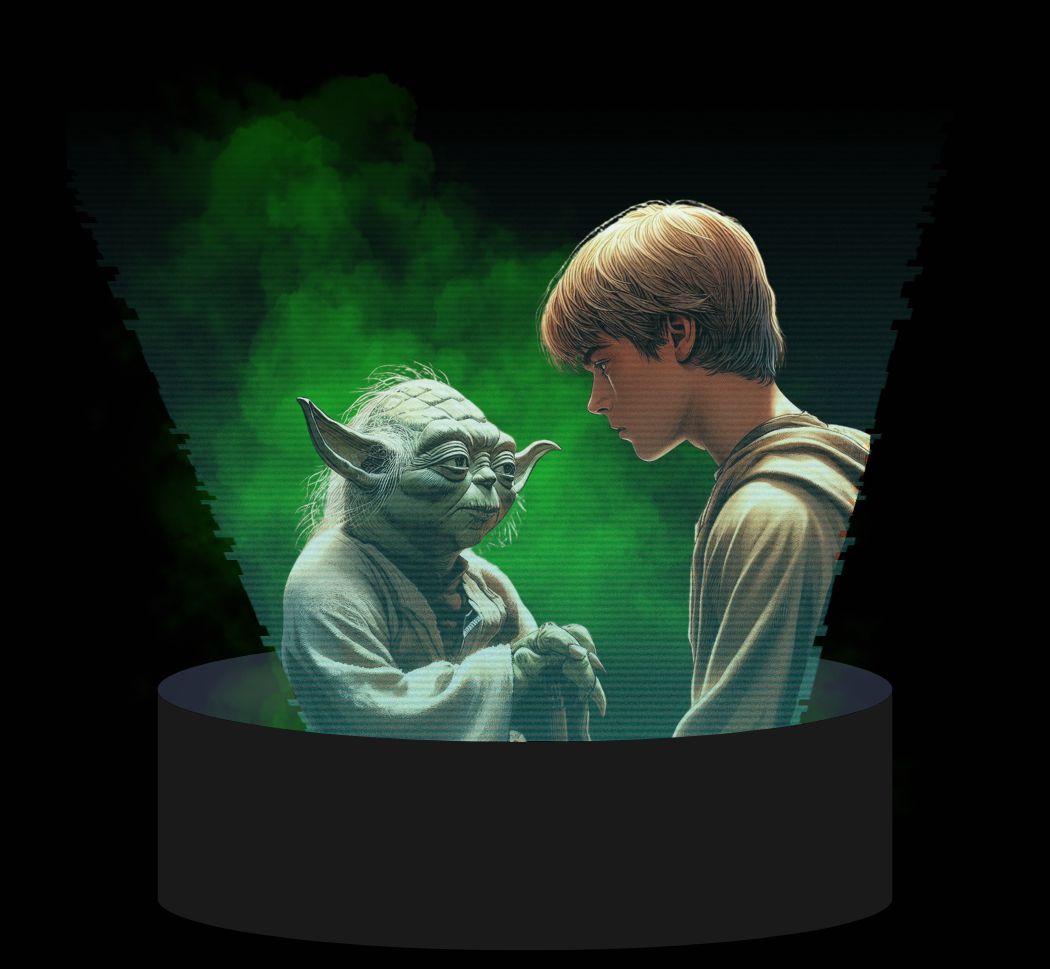













.jpg)
